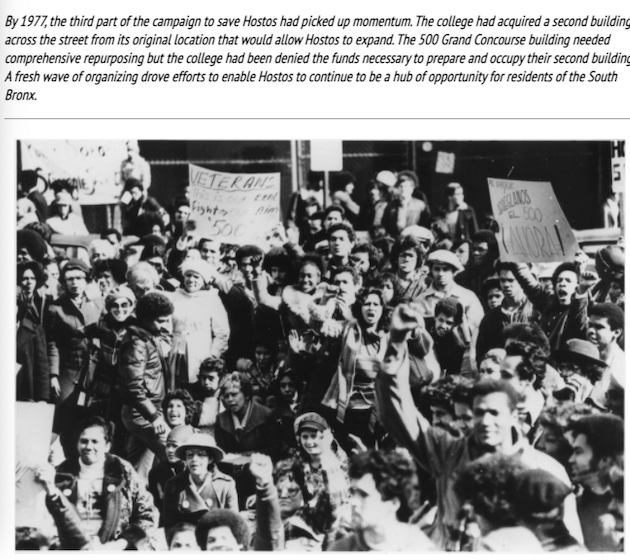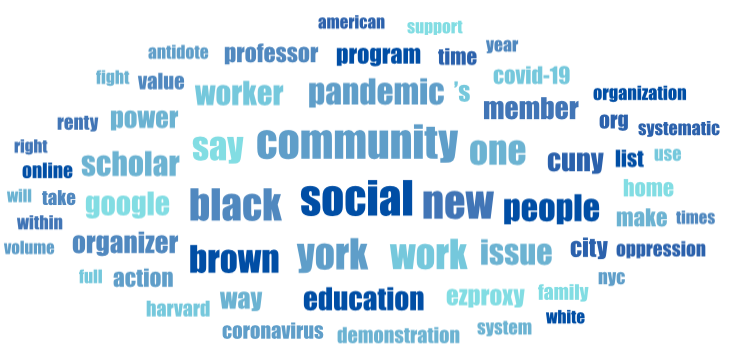Higher-ed institutions have relied on superficial constructs of success when assessing both systems of inclusivity and academic scholarship. Semesterly enrollment numbers of black and brown students usually serve as a litmus test of general diversity and equity efforts. As several readings have mentioned, it’s going to take a deeper cultural change across faculty, staff, and administrators to make meaningful changes within campus spaces. Colleges usually place a great deal of value in earning institutional designations, such as “America’s Top Colleges”, “Hispanic Serving Institution” or “Military Friendly” which are connected to some form of media publication (e.g. Forbes). Substantial amounts of perspective students are taught by guidance, educational, and vocational counselors to seek out these designations because it means they’re a “good” school. Unfortunately, we’ve seen time and time again publications engaging in unethical “pay-to-play” practices that divvy out institutional prestige and recognition which are then later arbitrarily factored into graduate committee member entrance determinations. Should institutions stop engaging in prestige surveys due to the adverse impact that is has on alumni of public institutions applying to graduate programs?
Another superficial assessment of academic scholarship has been demonstrated with the valuing of well marketed peer-reviewed journals. Professors are being assessed by the number of journal articles, citations, and journal recognition in the process of securing job permanence (i.e. tenure). In alignment with questioning the established status quo, can we reformulate a newer concept of tenure? Would it be possible to create an innovative concept that places less emphasis on the “publish-or-perish” sentiment? I envision a form of job permanence for faculty members that isn’t punitive, but supportive of avant-garde teaching and research. I’d also like to question as to how the countless number of CUNY’s tech systems; CUNYFirst, Portal, DegreeWorks, EAB, Blackboard, Cloud Virtual Desktop, Academic Commons, Alert, Smart, etc., etc.,………….impacts the process of vibrant scholarship?






